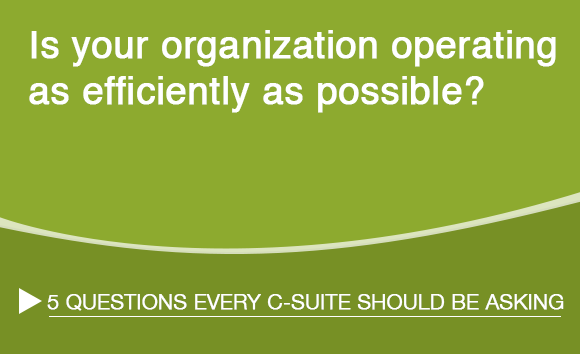- Solutions
- Accounting
- Additional Documentation Requests (ADRs) Management & Support
- Clinical Consulting
- EHR Implementation & Optimization
- Medicaid Eligibility
- Outsourced Contract Controller Services
- Outsourced Revenue Cycle Management
- PointClickCare® Consulting
- QAPI Consulting
- Resident Trust Fund Management & Advisory Services
- Revenue Cycle and Reimbursement Consulting
- Who We Serve
- Resources
- Careers
- About Us
- Contact

 While the majority of the world is focused on the many issues and often questionable antics of the contenders for the highest office in the land, home health care managers are faced with a different set of issues. Unfunded federal and state mandates continue to impact the industry. For the home healthcare providers who managed to survive rate cuts, the shift to managed care, payment delays, shrinking margins and the most recent federal overtime rule, there is now a new challenge.
While the majority of the world is focused on the many issues and often questionable antics of the contenders for the highest office in the land, home health care managers are faced with a different set of issues. Unfunded federal and state mandates continue to impact the industry. For the home healthcare providers who managed to survive rate cuts, the shift to managed care, payment delays, shrinking margins and the most recent federal overtime rule, there is now a new challenge.
